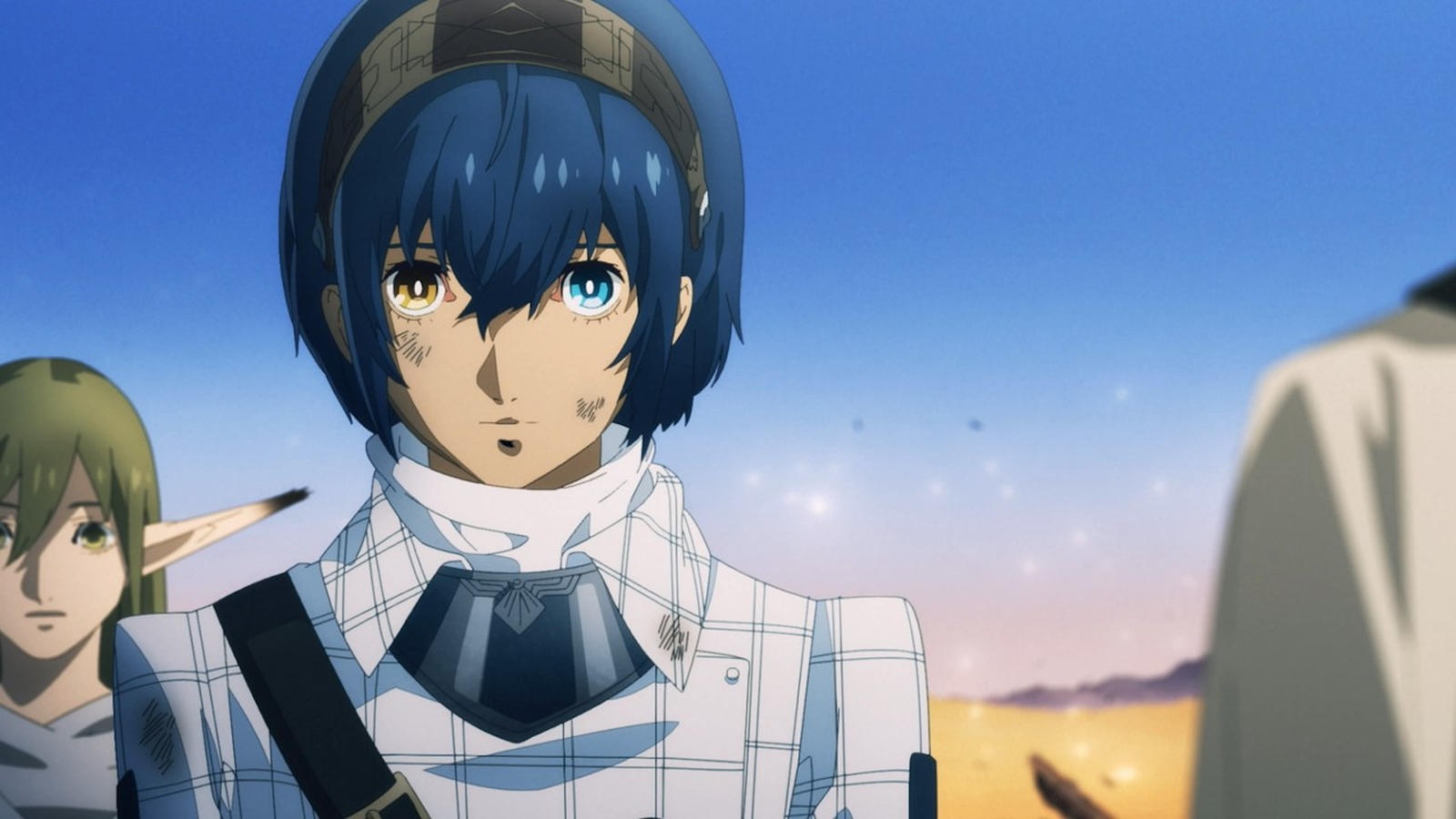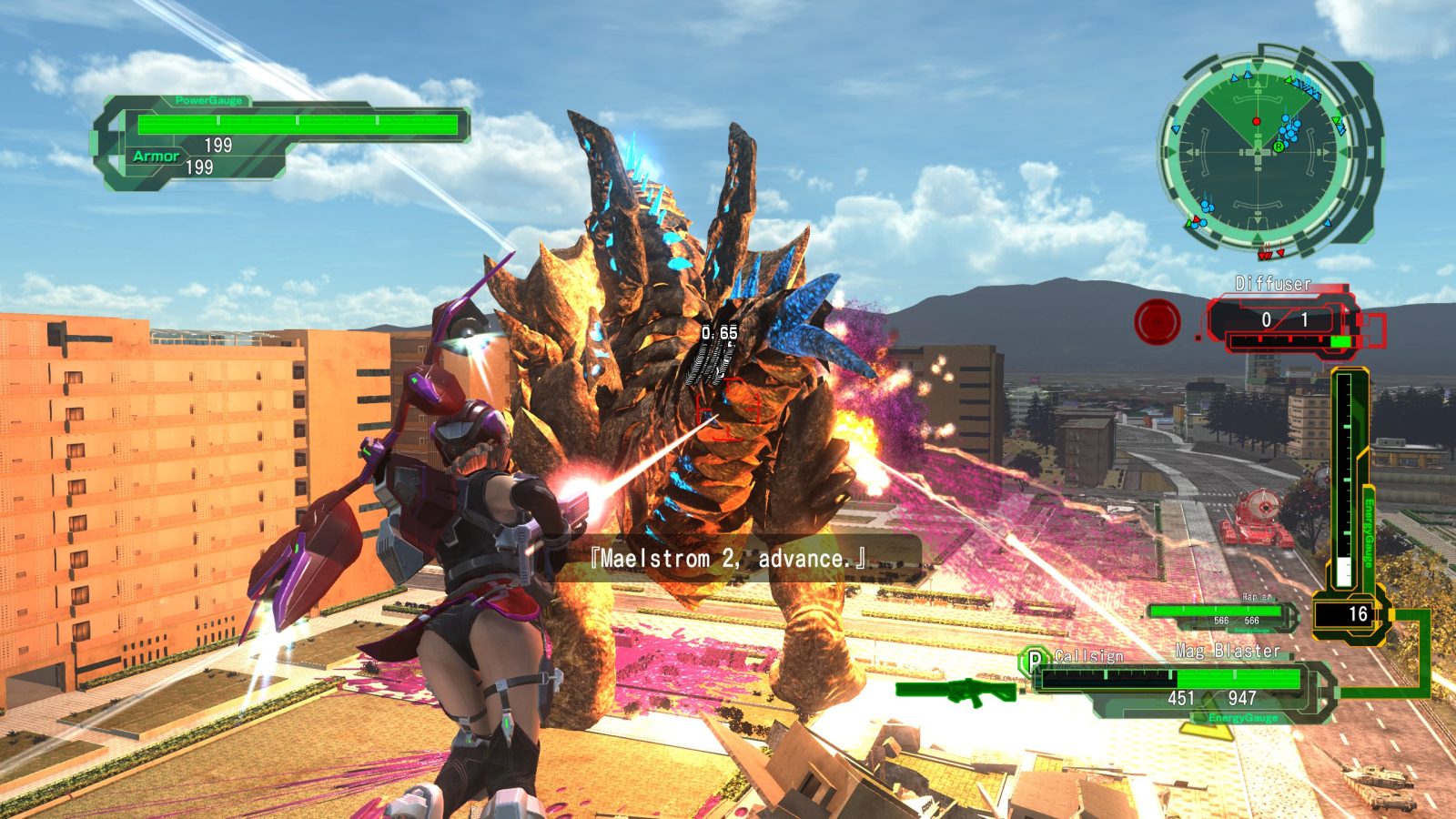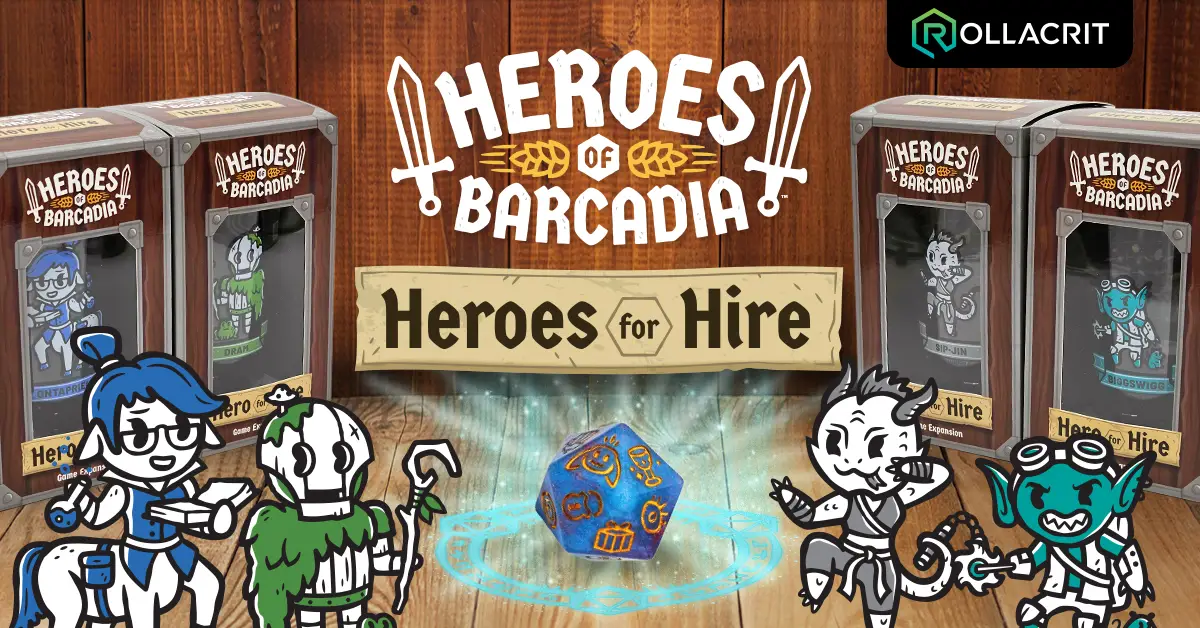There’s a philosophical concept called the Ship of Theseus that I enjoy thinking about. Essentially, it asks that, if you have a ship and over time, wear, and tear replace every single part of it, is it still the same ship? If you save all the old parts and recreate the original ship, is one vessel more “your ship” than the other? I think the idea can be applied to art as well. Are remasters and remakes, even those that closely follow the original, still the same piece of media?
The Legend of Zelda: Breath of the Wild was a reinvention of the series, rethinking everything, but many asked if it was still a “Zelda” game. Just like the ship, my answer to that is yes. Zelda is about two things: adventure and discovery, and BotW delivered on both despite or because of those changes. To continue the comparison, we now have a Ship of Theseus II in the form of The Legend of Zelda: Tears of the Kingdom, and adding all these new parts has bridged the gap between the two forms of Zelda.
The Legend of Zelda: Tears of the Kingdom Spoiler Light Gameplay - Switch [Gaming Trend]
A few years after Calamity Ganon’s defeat, Link and Zelda are exploring the depths of Hyrule Castle. There, they find a corpse being held down by a severed arm, which is glowing with a strange magic. As the pair get close, the corpse comes to life and attacks Link, breaking the Master Sword, stripping him of all his power, and destroying his arm. The ground gives way, and the two fall into the abyss. Link wakes up later on a series of islands in the sky, the magic arm now in place of his old one, with a single goal: Find Zelda.
Tears of the Kingdom does take place in the same Hyrule we explored in 2017, but it’s changed significantly over the scant few years. Debris is falling from the sky and holes have opened up across the land, leading to a massive underground. It feels familiar, yet alien at the same time. Getting to this new version of Hyrule will require going through a tutorial sky island, where you get all the new powers provided by the hand. These include Ultrahand, which allows you to move most objects and stick them together (along with being a reference to a toy created by Gunpei Yokoi and Nintendo in 1966), Fuse to fuse weapons with other objects or materials, Ascend so Link can swim up through ceilings, and Recall to rewind objects through time. Later on, you’ll also acquire a camera and AutoBuild which will reconstruct any build you’ve created before.

These abilities feel much more versatile than what the Sheika Slate gave you, and requires more creativity to use well. You could break puzzles in BotW with enough effort, but puzzles here feel like you’re MacGyvering your own solution – it’s a lot of fun. For example, I’ve seen a lot of people struggle on simple puzzles in Breath of the Wild because they forgot Cryonis exists, but here you use each power constantly just to move through the world. There are places you just can’t reach without Ascend, your weapons are all decayed and won’t do much damage without Fuse, and of course gluing things together to make a cool car, plane, or death machine is endlessly entertaining. No one power is too situational to become forgotten, but their specific requirements require you to get creative in their use.
Once you’re out of the tutorial, you meet up with Purah in Central Hyrule and are tasked with investigating phenomena in all corners of the realm. You are encouraged to head northwest to Rito Village first, but from here you have free roam of Hyrule to fill out the map on your Purah Pad by reaching towers, complete Zonai Shrines to get your health and stamina back, find new gear, and complete quests. I imagine if you know where Zelda is you can also head straight there to finish the game.

Of course, I made it my first mission to trek all the way over to Hateno Village on the eastern side of the map to dye my clothes because I have my priorities straight. I had a lot of difficulty getting there, despite playing all the way through BotW five times, because enemies scale with you much less here. Sure, you’re free to go anywhere, but you will find stronger foes in certain parts of the world, nudging you to follow the story at least for a little bit. It’s a great way to make Hyrule feel dangerous again.
You will need to master the Fuse ability to get anywhere in Tears of the Kingdom, and it’s a lot of fun to experiment with. I began the game just fusing weapons with other weapons, like a broadsword glued to a spear to give it more reach, but that doesn’t give you much attack power. Instead, you want to replace the pointy bit entirely with new materials like Moblin horns, which will alter the weapon’s shape but actually give you a fighting chance in terms of attack power. There are even benefits to fusions beyond combat, like attaching a wooden plank to a stick which gives each swing release a gust of wind, which is helpful for some puzzles or traversal. I especially like the dynamic of fusing gems to get elemental wands or saving them to sell for money. This ability feels like it connects every part of the game, making you think how to use your materials wisely while leaving room for experimentation.

Ultrahand was the mechanic I was worried about the most leading up to the game. I liked Banjo Kazooie: Nuts and Bolts well enough, but I never finished it because the building mechanics felt a bit restrictive and stiff to me. Actually experimenting with Ultrahand here has the mechanic really clicking with me, mostly because it’s not a menu; you just stick things together in the world and it works. You start off making simple boats, but eventually you’ll start sticking together to create cars, dog petting machines, hovercrafts, planes, or even a giant robot. I do wish controlling these machines had a bit more freedom or customization, however. Any mechanical parts you attach will always activate when you hit your creation or use the control rod, so if you have fans on the bottom of a car those will always turn on alongside the wheels. Being able to assign the A button to the rockets for a jump, for example, would offer a bit more flexibility in building.
While it is very cool to build all these vehicles for traversal, nothing beats a good horse in my eyes and in a beautiful touch all of your stabled horses from Breath of the Wild will transfer over to Tears of the Kingdom. Reuniting with my steed, Medley, from the previous game was very cool, and eventually you’ll unlock a towing harness for them to wear. This allows you to attach a small bit of wood to anything you build and, as the name suggests, tow it with your horse. This is great, in theory, but in practice it doesn’t really work. Horses will just refuse to move forward with even the simplest objects attached to the tow. The only thing that kind of worked was the pre-built carriage, which I would use to carry Koroks to their destinations for seeds to upgrade my weapon, bow, and shield staches.

As a result of this jank, my experience with traversal would usually go like this: I would build a vehicle, that vehicle wouldn’t be able to cross a certain part of the terrain, I would grab my horse to tow it over, my horse would refuse, and I would just end up walking the rest of the way or ditching the vehicle in favor of my horse. It makes vehicles feel more disposable, which gives AutoBuild a bit more use in recreating them, but at the same time it makes me reluctant to use the parts I’ve collected on a vehicle that will last a few minutes at most.
Despite these issues, exploring Hyrule is even more of a joy than BotW. There’s a careful balance struck between empty space and seeing shrines, Koroks, towers, towns, and more in the distance. I can’t count how many times I’ve set off with a destination in mind, only to get distracted by 10 more things every step of the way and end up in a completely different place. I have been forcing myself to do the main quest every few hours, because this review needs to get written at some point, but if I didn’t have to write this I’d probably just get lost until I eventually stumble my way into each location’s quest. This isn’t because the story is lacking or the main objectives are uninteresting, far from it, but because simply wandering around is so much fun.

The main quest does bring back something that was sorely missed in this new style of Zelda: Dungeons. Each region is experiencing strange phenomena, and investigating that (alongside companions like Riju and Sidon) will lead you to a dungeon. It’s still not exactly the kinds of dungeons we saw in the series’ past, but they’re getting closer with central mechanics like bubbles you can float in and reflecting light with mirrors to activate switches. Your overall goal in each dungeon is to activate a certain number of objects utilizing your partner’s special ability to then unlock the boss fight. I do still miss getting new items that would open up exploration in other parts of the world, but these dungeons are a big step up from the divine beasts.
After finishing a dungeon, you do get a summonable avatar of your companion so you can use their ability whenever and wherever you want. I find these a lot less useful and interesting than the champions’ abilities, but they are much less overpowered too. What is overpowered are the avatars themselves, who will fight alongside you. They can be great in larger encounters like in monster dens, but I do find in most situations they just get in the way. Thankfully you can summon and dismiss them at will in the key items menu.

The sheer number of companions you can have on screen at once also has the consequence of significantly decreasing the framerate in some locations. It’s still playable, but very, very noticeable. Nintendo and Monolithsoft are masters of their hardware at this point, but that hardware is aging and unable to match their ambitions. Tears of the Kingdom is pushing the Switch’s limits in both good and bad ways, so hopefully future patches can shore things up and/or whatever console comes next is backwards compatible with a 60 fps mode for the game.
That said, Tears of the Kingdom is a gorgeous game with a wonderful art style that’s able to convey the beautiful, pastoral hills of Central Hyrule, the serene yet sad calm of the sky islands, and the dark, oppressive gloom of the Depths at the same time. It’s incredibly impressive that you’re able to seamlessly dive from the sky, through a canyon, and into the Depths with no loading screens. I did encounter a single loading hitch for about two seconds when sky diving at full speed into Kakariko Village, but everything else is perfectly smooth. Just remember to pull out your paraglider before you hit the ground.
I’ve put dozens of hours into Tears of the Kingdom, and I still feel like I’m just getting started. Please look forward to our finished review in the coming days.
The Legend of Zelda: Tears of the Kingdom review in progress — Whispers on the wind

David is the kind of person to wear his heart on his sleeve. He can find positives in anything, like this is a person who loved Star Fox Zero to death. You’ll see him playing all kinds of games: AAAs, Indies, game jam games, games of all genres, and writing about them! Here. On this website. When not writing or playing games, you can find David making music, games, or enjoying a good book. David’s favorite games include NieR: Automata, Mother 3, and Gravity Rush.
See below for our list of partners and affiliates:

 1 year ago
188
1 year ago
188







